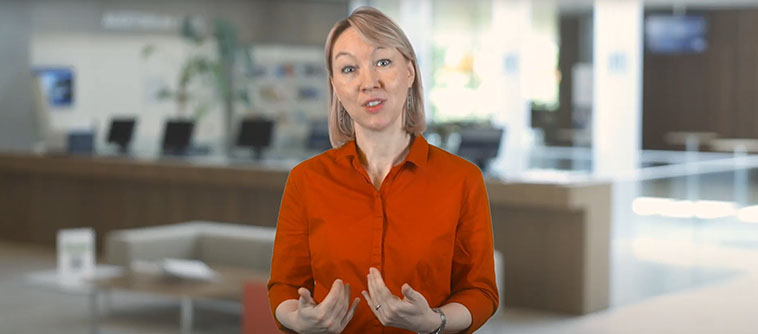“Recently, I heard an executive say, ‘I support inclusion. But it depends who we are including’,” said Professor Toegel. “Sadly, this is still the state of inclusion in many organizations today, where leaders do not role-model inclusive practices, and where employers often reach their limit in terms of how inclusive they want to be.”
Whether it’s surrounding age, gender, sex, LGBTQ+ or religion, discrimination exists. From outright denial of opportunities to subtle unfavorable treatment, workplace discrimination takes all forms.
So, what can your organization do to avoid making Diversity & Inclusion just a box-ticking exercise and truly embrace its principles? Being aware and being an advocate rather than a mere ally are two ways to start.
How to channel D&I awareness
“Some organizations still have a hard time wrapping their heads around how the terms diversity and inclusion fit together,” said Toegel. “Diversity is the differences between people, while inclusion is the efforts taken to embrace those differences.”
Organizations must push themselves to review all dimensions of D&I, both the visible and the hidden. Professor Toegel believes it takes organized collective effort as well as frequent, deep conversations to arrive at an accurate assessment of you or your organization’s behaviors.
“Leaders must think about all dimensions of diversity. There is no cherry-picking allowed!” she emphasized.
It’s important to understand leaders can only leverage the benefit of diversity through inclusion. The first step is including everyone “at the table” – this will ensure all voices are heard and that decisions are made by a diverse group.
How to be an advocate, not just an ally
While allies are usually defined as supporters that agree with D&I, advocates are vocal proponents of its principles. The path to advocacy differs from person to person and company to company, but it is black and white, according to Professor Toegel.
“Organizations are either inclusive or they’re not,” said Professor Toegel. “You can only get it right if you’re curious—about those who are different, who don’t look or think or act like you.”
Besides targets, companies should focus on mentorship schemes and other programs that can ensure equal opportunity rather than equal results. This mindset shift is especially important for leaders to make first themselves, before helping their organizations to make it too.
Recently, companies have been using the business case to promote D&I – by showing that implementing D&I targets can help turn a profit. For some, Professor Toegel included, this is offensive.
“More and more I see folks who are offended by this type of push for D&I,” said Professor Toegel. “It is a human rights issue – a moral issue – not just one about profitability.”
Professor of Leadership and Organizational Change Ina Toegel is leading the session InCLUEsion – how to get CLUED-in? at OWP liVe in November.


